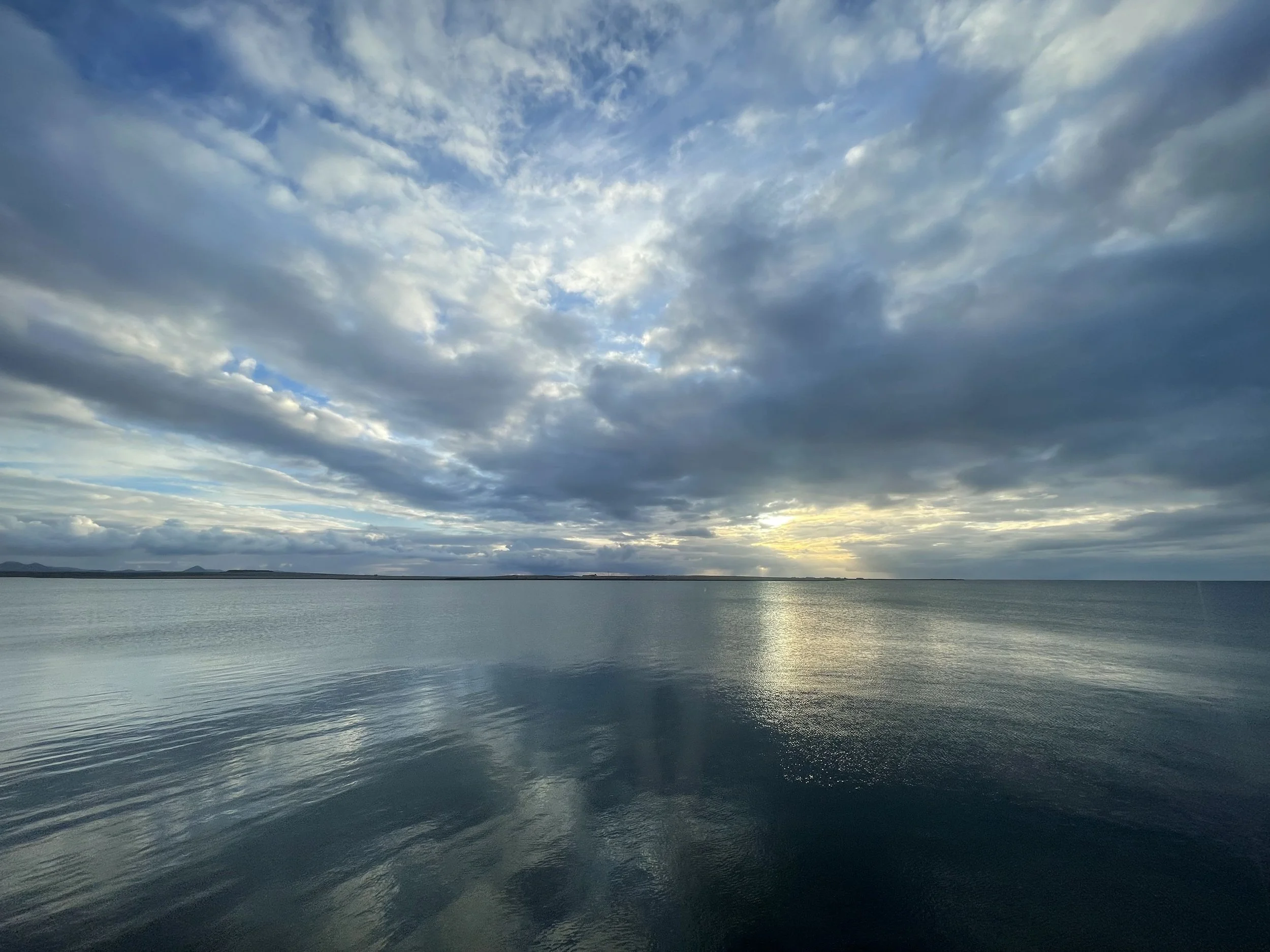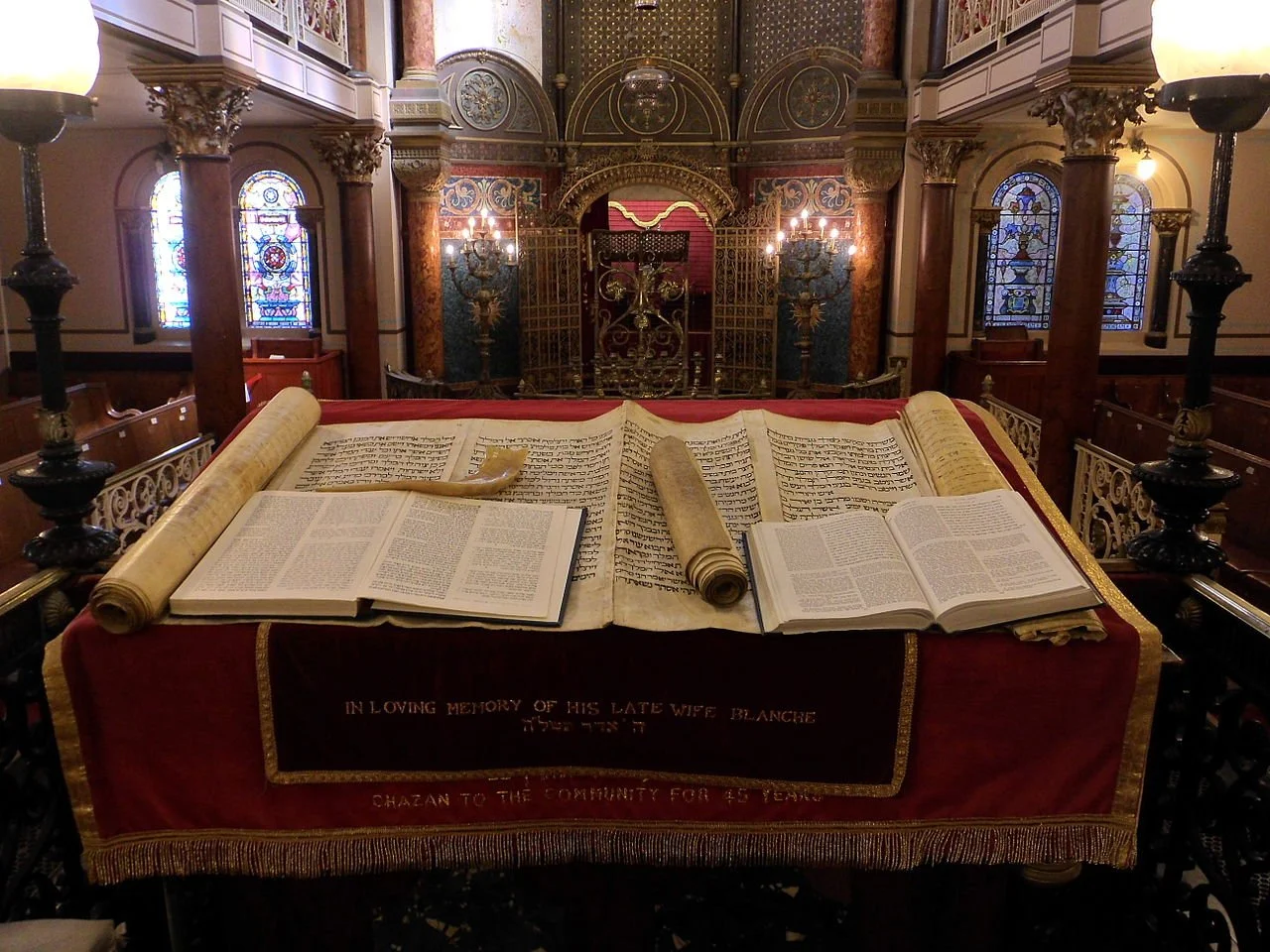More than 300 writers with a passion for interfaith culture have made TIO what it is today – a monthly treasure-chest of interfaith news and opinion. Representatives of dozens of religious, spiritual traditions, nationalities, and ethnic backgrounds have generously, freely contributed their work. You can find photos and short bios of each one here. More than 1,000 articles have been published in the past four years, testimony to the import of the interfaith culture emerging all over the world.
Time and patience has ruled a journey that seemed to be lost in an abyss. It started in December 2009 while sitting on the floor of the Melbourne Conference and Exhibition Centre in a kindred conversation with Don Benson. We were both exhausted as the Parliament of World’s Religions approached its conclusion. In a moment of inspiration Don posed a proposition that seemed as hopeful as it was monumental.
I admit that I just didn’t get it. Several Muslim friends living in America said they don’t really fast for Ramadan anymore because it just isn’t the same here in the U.S. They claim that Ramadan is so much more fun in their home countries. Fun? Ramadan? Really?
The Rabbis of the Talmud observed that most legislation in the Torah is case law. If we find a lost object, we are to return it to its owner. If we own property, we must take precautions to ensure the safety of those who enter it. If we see our enemy’s animal struggling under its load, we are to help him. When Shabbat (Sabbath) or a holy day comes, we are to observe it.
For a quarter century the grassroots interfaith movement has been best known for developing interfaith dialogue and new ‘bridge-building’ relationships. From the Parliament of the World’s Religions massive gatherings – to thousands of interfaith councils globally – to the 700 United Religion Initiative Cooperation Circles in 85 countries, grassroots interfaith leadership has been finding its voice in multiple arenas. Not so much in the public eye are thousands of interfaith organizations less concerned about being known than with engendering collaborative social justice activities, starting with meeting the needs of the hungry and homeless. Today many ‘cause’ campaigns, like those addressing climate change, have taken an interfaith posture for practical, collaborative purposes. Others, though, like the Interfaith Coalition for Immigrant Rights (ICIR), for years have used interfaith collaboration to fuel hands-on social justice ministry and activism. In a day when foundations are calling for ‘measurable results’ from their giving, and when ‘connect and collaborate’ are interfaith buzzwords, there is much to learn from groups like ICIR. Ed.
Last September a group known as the American Freedom Defense Initiative (AFDI) asked to purchase advertising space on the Southeastern Pennsylvania Transit Authority (SEPTA) as part of a larger anti-Islam campaign that AFDI has pursued in transit systems in several major cities across the country. We recently wrote about responses to this in California through street and bus art. Although SEPTA declined to run the ads due to their inflammatory anti-Islamic content, a federal judge granted AFDI’s motion for a preliminary injunction. The ads ran for four weeks, beginning on April 1, 2015, on 84 SEPTA buses.
“There’s something about selecting one religion, one path, in the narrow way that I was brought up that seems so wrong, so unhelpful. The world is filled with wisdom. Human history is filled with wisdom. Why would I close myself off to that?”
The Center for Swedenborgian Studies will become an affiliate of the Graduate Theological Union on July 1, 2015 after partnering with Pacific School of Religion as a House of Studies since 2001. Emanuel Swedenborg (1688-1772) was an eighteenth-century Swedish scientist who was also an active member of Sweden’s national parliament. He underwent a dramatic mid-life spiritual crisis that resulted in a vocational change from one as a natural philosopher and government official to that of secluded biblical revelator and Christian prophet.
For many Americans, every day is a day of prayer. More than half (55%) of Americans said they pray every day, according to a 2013 Pew Research Center survey, while 23% said they pray weekly or monthly and 21% said they seldom or never pray. Even among those who are religiously unaffiliated, 21% said they pray daily. Women (65%) are more likely than men (46%) to pray every day. Older people (60%) are more likely than younger adults (45%) to say they pray daily.
The sacred art objects shown in these publications come from the collection of over 200 works donated to the Graduate Theological Union by the Lanier Graham family and the Institute for Aesthetic Development in 2014-2015. The collection represents most of the world religious traditions including tribal or indigenous art. The GTU intends to photograph and curate this collection as an online resource accessible by the public. In coming editions of The Interfaith Observer, at least one object will be introduced each month.
Since the passage and quick “fix” of Indiana’s Religious Freedom Restoration Act (RFRA) there has been a robust national conversation about the merits and particularities of the such laws.
But noticeably absent from that conversation was any serious dialogue about the relationship between theology and the law.
We were about to begin a workshop entitled “The Sacred Power of Women” at the Dialogo Multicultural Universal in Guadalajara, Mexico last month. I had been asked to facilitate a panel of four accomplished, powerful women. Laura, an American-Samoan Latter Day Saint, is a businesswoman and philanthropist. Yonina, an Argentinean writer and publisher, was a Hindu nun for nine years. Evelina is an Ecuadorian anthropologist, lawyer, and historian. And Patti, a local Indigenous leader of Irish-Mexican heritage, is a teacher and performer of sacred ritual dance.
Confronting the religious ‘other’ has been a core theme of the modern interfaith movement. The ability to identify and approach the other and discover a friend has become a cottage industry, generating conferences, academic research, and workshop curricula, particularly since the ugly rise of Islamophobia following 9/11 and recurring anti-Semitism.
At the end of April, 2015, and carrying over into the first two weeks of May, 2015, the nations of the world gathered at the United Nations in New York to review the Non-Proliferation Treaty (NPT) which originated in 1970. The NPT calls for nations, not possessing nuclear weapons, to refrain from developing them. And it calls for nations with nuclear weapons to reduce the number of weapons.
Last month Pew Research Center for Religion and Public Life published “America’s Changing Religious Landscape,” based on 35,071 interviews done between June and September last year, and comparing the new data with a similar survey in 2007.
I have worked on initiatives in Rwanda after the 1994 Genocide, and have done humanitarian and mission work in different African countries engaged in war for eight years. More recently I was working in Nepal with children who had been orphaned by the civil war. The deep suffering of humanity in developing countries has always captured my heart and my attention, until now.
I first became aware of the Bhagavat Gita in the mid-1960s. I was a college student taking my first tentative steps onto my spiritual path, reading all I could about the Eastern traditions instead of my assigned textbooks. It was all second-hand at first. It seemed that every writer and scholar I admired – Ralph Waldo Emerson, Henry David Thoreau, Aldous Huxley, Joseph Campbell, Alan Watts, J.D. Salinger – wrote with great admiration of the Gita. Thoreau apparently read it every day of his famous retreat on Walden Pond: “In the morning I bathe my intellect in the stupendous and cosmogonal philosophy of the Bhagavad Gita … in comparison with which our modern world and its literature seems puny and trivial.”
Like a river with three tributaries this story has three beginnings. Clearly it began on January 12 this year when I read in TIO about the interfaith, interspiritual festival – Universal Multicultural Dialog0 II – to be held in Guadalajara on May 6-8. But what captured me was the back-story, linking me to deeper layers of my psyche.
As the Graduate Theological Union moves to include representatives of more of the world’s great religious traditions, the framing of issues from an interreligious perspective is already common in the research and writing of students in the masters and doctorate degree programs. Students today, while fixed often in particular religious traditions, also desire to explore how some of the same theological, ethical, historical, and cultural issues are dealt with by other religious traditions and movements. Here are just a few examples of recent master’s level students who engaged in interreligious research and comparative analysis. Miriam Attia’s MA dissertation was entitled “Ethical Concerns in Jewish and Christian Theologies of Suffering” and tackled a subject that tests and challenges all theological and wisdom traditions with the question: “how does one explain the existence of evil in a world influenced or controlled by the Sacred (theodicy)?”
In August, 2014, the Graduate Theological Union was given 189 works of sacred art from all over the world by Lanier Graham and family and the Institute for Aesthetic Development. GTU will use these works for classroom teaching, research, and in exhibitions open to the public in order to maximize access to and utilization of these treasures collected by one family over three generations.






